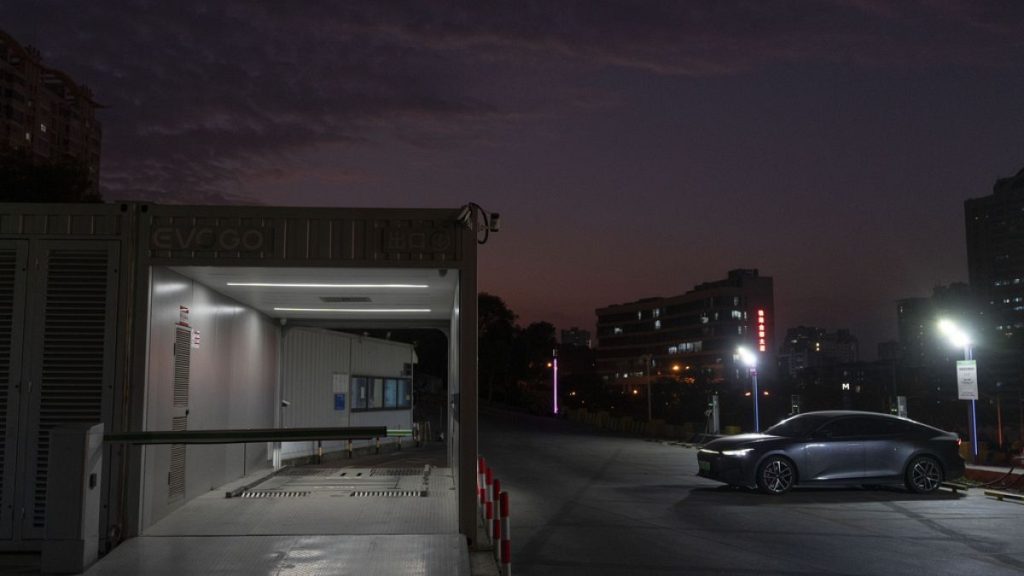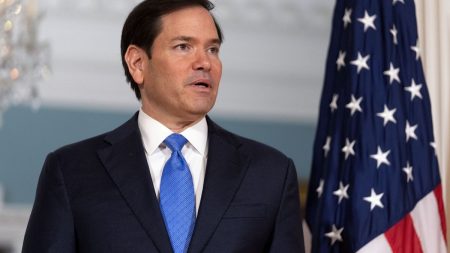Battery swapping, a technology that allows electric vehicle (EV) drivers to quickly exchange depleted batteries for fully charged ones at designated stations, is experiencing a resurgence, particularly in China. While the concept isn’t novel, it presents several challenges that have hindered its widespread adoption globally. However, China’s robust EV market and supportive government policies create a unique environment where battery swapping could flourish. The core appeal of battery swapping lies in its speed and convenience. Companies like Ample claim their modular swapping stations can complete a swap in a mere five minutes, significantly faster than even the quickest fast chargers. This rapid turnaround addresses a key concern for potential EV buyers: charging time. The current landscape sees even the fastest charging technologies requiring at least 15 minutes for a substantial charge, a considerable wait compared to the near-instant refueling experience of gasoline-powered vehicles. This time saving is particularly attractive for commercial fleets, such as ride-sharing services or delivery vehicles, where downtime translates directly to lost revenue.
China’s commitment to EV adoption sets the stage for battery swapping’s potential success. As the world’s largest auto market, China has witnessed remarkable EV growth, with electric and hybrid vehicles comprising 50% of new car sales in July 2024. This surge in EV adoption is fueled by government subsidies and mandates, creating a fertile ground for investments in supporting infrastructure like battery swapping stations. Global battery giant CATL’s planned investment in swapping stations further underscores this momentum. The high concentration of EVs in China makes the substantial investment in specialized infrastructure like swapping stations more economically viable, compared to regions with lower EV adoption rates. This concentration creates a critical mass of users necessary to support the network of swapping stations, increasing their utilization and potentially accelerating their return on investment.
Despite the promise in China, the global viability of battery swapping faces significant hurdles. One of the primary challenges lies in the lack of standardization among EV batteries. Different automakers utilize varying battery designs and chemistries across their models, necessitating swapping stations to stock a diverse inventory of compatible batteries. This complexity adds logistical and financial burdens to station operators, potentially hindering widespread deployment. Furthermore, the relatively low EV adoption rates in many countries outside China create a chicken-and-egg dilemma. Without a substantial EV user base, investing in swapping infrastructure is financially risky. Conversely, the lack of readily available swapping infrastructure could discourage potential EV buyers, further slowing adoption rates.
The concept of battery swapping also requires a shift in consumer mindset regarding car ownership. Currently, the battery represents the most expensive component of an EV. Battery swapping essentially separates ownership of the battery from ownership of the vehicle. This model requires consumers to trust that swapped batteries will perform reliably and that the subscription or service fees associated with battery swapping are economically advantageous. Educating consumers about the benefits of this model, including potentially lower upfront vehicle costs and access to consistently well-maintained batteries, will be crucial for its wider acceptance. While Greg Less, director of the University of Michigan Battery Lab, acknowledges the potential of battery swapping, he believes widespread adoption hinges on a transition away from individual vehicle ownership towards a usage-based model. This shift, while potentially significant, is not yet on the horizon.
The most promising applications for battery swapping in the near term appear to be within commercial fleets. For businesses operating taxis, ride-hailing services, delivery vehicles, or public transportation, minimizing downtime is paramount. Battery swapping offers a compelling solution by significantly reducing the time vehicles spend off the road for charging. This efficiency translates directly to increased operational time and revenue generation. Furthermore, the centralized management of batteries within a fleet setting offers potential advantages in terms of maintenance, optimization, and eventual recycling. The scale of fleet operations can also justify the investment in dedicated swapping infrastructure and potentially negotiate favorable terms with battery providers.
In conclusion, while battery swapping holds promise as a solution to address EV charging challenges, its global success hinges on several factors. China, with its high EV adoption rates and supportive government policies, presents a favorable environment for the technology to flourish. However, wider adoption elsewhere requires overcoming hurdles such as battery standardization, consumer acceptance of separated battery ownership, and sufficient EV market penetration to justify infrastructure investment. Commercial fleet operations, prioritizing operational efficiency, currently represent the most viable and attractive application for battery swapping technology, offering a compelling case for its implementation in the near term. The long-term viability of battery swapping as a mainstream solution for individual EV owners will depend on a complex interplay of technological advancements, market dynamics, and evolving consumer preferences.














